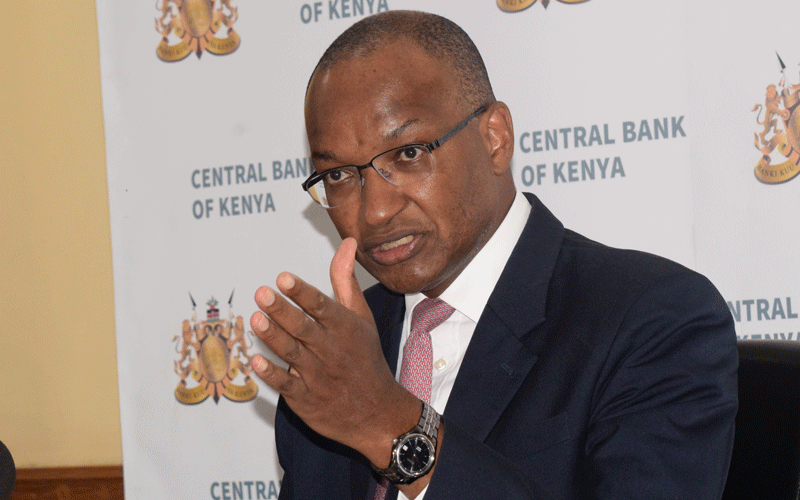Brace for costly loans as CBK base rate hit 8.75pc
By Herald Aloo, November 24, 2022The Central Bank of Kenya (CBK) has raised its key interest rates by 50 basis points to 8.75 per cent at the last monetary policy meeting for the year as the regulator struggles to anchor inflation expectations and match the Federal Reserve hikes.
This is the second month in a row that CBK is revising upwards the Central Bank Rate (CBR) following the previous increase to 8.25 per cent in September. It, therefore, means that since May, the banking regulator has increased the base lending by 1.75 per cent points.
The Monetary Policy Committee (MPC) increased the rate, citing the rising inflation, global risks, and their impact on the domestic economy as the reasons behind the need for tightening the policy.
Global risks
Inflation, a measure of annual changes in the cost of living, touched a 65-month high of 9.6 per cent in October, driven by food and fuel prices.
“The committee noted the sustained inflationary pressures, the elevated global risks, and their potential impact on the domestic economy and concluded that there was scope for a further tightening of the monetary policy in order to anchor inflation expectations,” CBK said in a statement yesterday.
“In view of these developments, the MPC decided to raise the Central Bank Rate (CBR) from 8.25 per cent to 8.75 per cent,” it added.
The volatility in global financial markets remains elevated amid significant US dollar strength against major currencies and the recent rapid changes in policy stance in advanced economies in response to inflationary pressures.
Banking on bonds
Banks in the domestic market have been calling on CBK to raise rates to contain exchange rate losses in what will see bond investors, the majority of which are banks, making a killing from high rates on government debt. However, the increase in CBR will compel banks to adjust the cost of their credit, which is usually inclusive of a margin and risk premium, setting the stage for costly loans to ordinary citizens and businesses.
The CBR increase in September, saw banks such as Standard Chartered, Housing Finance, Stanbic Bank, and NCBA Group notify customers of new loan pricings witnessed in October.
The cost of credit comes when the economy is undergoing a rebound and is characterised by increased demand for more loans by businesses and households, further putting pressure on lending rates and the risk-pricing model.
The number of loan applications and approvals remained strong in October, reflecting improved demand with increased economic activities. Some borrowers, however, risk being locked out of accessing credit due to the increased cost of loans, something which in turn could derail additional job creation, especially among those in lower strata of the economy.
Growth in private sector credit increased marginally to 13.3 per cent in October from 12.5 per cent in August 2022, with strong credit growth being observed in the manufacturing sector, trade sector, and consumer durables. Most tier-one banks such as Equity, KCB, and Co-operative banks already reported a surge in the number of non-performing loans during the third quarter ending September.
More Articles

